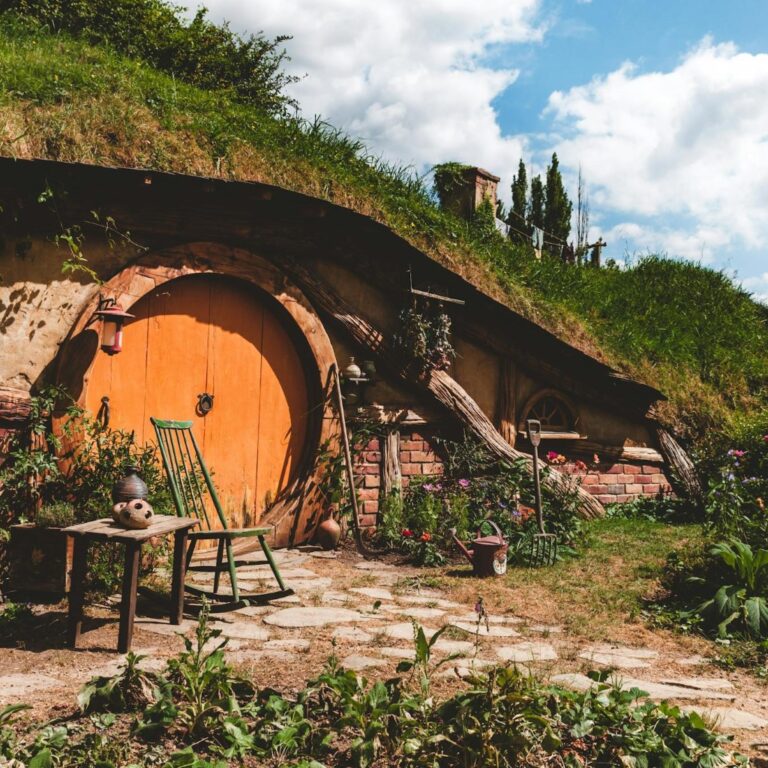Milan Cathedral is the largest church in Italy and the third-largest in the world, after St. Peter's Basilica in Vatican City and Seville Cathedral in Spain.
Construction of the cathedral began in 1386 and took nearly six centuries to complete, with the final details being added in 1965.
The cathedral's roof is adorned with 135 spires and over 3,400 statues, making it one of the most elaborate Gothic buildings in the world.
The cathedral is dedicated to St. Mary of the Nativity and serves as the seat of the Archbishop of Milan.
Milan Cathedral's highest spire reaches a height of 108.5 meters (356 feet) and is topped by a golden statue of the Madonna, known as the 'Madonnina.'
The interior of the cathedral can accommodate up to 40,000 people, making it one of the largest churches in terms of capacity.
The marble used for the construction of the cathedral was sourced from the quarries of Candoglia, and it was transported to Milan via a specially constructed canal system.
The cathedral's stained glass windows are some of the largest in the world and depict scenes from the Bible and the lives of the saints.
Visitors can access the cathedral's rooftop terraces, offering breathtaking views of Milan and the surrounding Alps on clear days.
The construction of Milan Cathedral involved numerous architects, sculptors, and craftsmen from across Europe, contributing to its diverse architectural styles.
The cathedral's main altar is adorned with a statue of St. Bartholomew, which famously depicts the saint holding his own flayed skin.
Milan Cathedral houses several important relics, including a nail purportedly from the True Cross, which is displayed annually during the 'Rite of the Nivola.'
The cathedral's crypt contains the tombs of many archbishops of Milan, including St. Charles Borromeo, whose body is displayed in a crystal casket.
The Duomo's facade, completed in the 19th century, features a blend of Gothic and Renaissance elements, reflecting the long construction period.
Milan Cathedral has been a source of inspiration for countless artists, writers, and musicians, and continues to be a major tourist attraction and place of worship.



